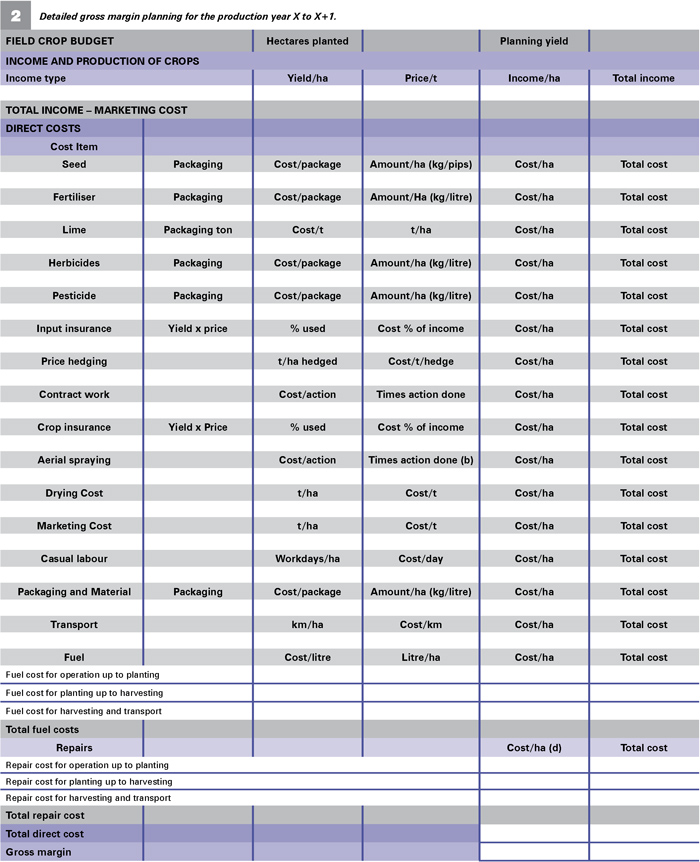March 2021
| Pietman Botha, Pula Imvula contributor. Send an email to pietmanbotha@gmail.com |  |
At this time of the year most of the production actions for the summer crops are done. The crops are now growing and the harvesting will follow. The workload on the farm is less and you as manager must start planning for the coming production season.
Planning the next season must start with the potential of the different fields as well as what was done in the current season, what worked and what did not. Each field needs to be planned according to the crop and the potential, as well as what was planted on the field. Include herbicide restrictions into your planning.
It is important to be able to calculate how much money is going to be needed to be able to produce the following year’s crop. This is very important because the funds must be available before the production season start in July. Money must be available for dissing, taking of soil samples and the application of lime in July.
PLANNING A DETAILED CROP BUDGET
Many producers will say it is impossible to do forward planning, but the winning producers do it this way yearly. They are always on time and have the best yields and most of the time, the best profits.
How do they do it? Normally they will draw up a detailed crop budget including everything that is needed to produce a crop. Winner producers decide on the marketing strategies as well as aspects to navigate risk and to manage debt beforehand.
There are norms that they use to calculate the cost of the inputs used. The seed costs for the maize is easy to determine. The producer must contact his seed representative and with their help the cultivar planted, plant population per hectare and cost can be determined.
Fertiliser cost
The fertiliser cost is more difficult to calculate, but possible. The Fertiliser association of Southern Africa (FERTASA) on a regular basis publish the fertiliser withdrawal figures per crop. The plant nutrients withdrawal figures of maize kg per ton grain is shown in Table 1.

With this information consult your fertiliser representative and calculate the fertiliser needed as well as the costs. The latest soil sample date will also help a lot and fairly accurate calculation can be done. Concerning the lime, a rule of thumb is 1 ton per hectare per year. Discuss this with your fertiliser representative as well.
Herbicide and pesticide
Your herbicide and pesticide programme will differ according to the type of maize planted. If a Roundup Ready stack gene cultivar is planted, the programme will differ from a standard cultivar. With the cultivar decided, let your herbicide representative visit your field and with his knowledge decide on the herbicide and pesticide programme. With their help producers will be able to have a good indication of what the herbicide and pesticide programme will cost.
Diesel and maintenance
The diesel and repair works can also be fairly accurately calculated. As a rule of thumb for conventional production practises 75 litres of diesel will be used. If producers have their own diesel consumption figures use it. Use the current fuel price and you will be close to the actual cost. There is always a relation between diesel cost and repair and maintenance cost. If producers use their fuel cost and add an extra 10% it will be close to their repairs and maintenance costs needed. Other costs like hedging, contract work insurance and other costs must also be included.
Crop gross margin
The difference between income and the direct allocable costs is the crop gross margin.
Table 2 is an example of a maize crop budget. It gives a summary of most direct allocable costs. Farmers can use this as an example to calculate their total maize cost and maize gross margin. Remember if the gross margin is negative, the change that the crop will be profitable is most unlikely. Review the costs and make some adjustments.

Publication: March 2021
Section: Pula/Imvula